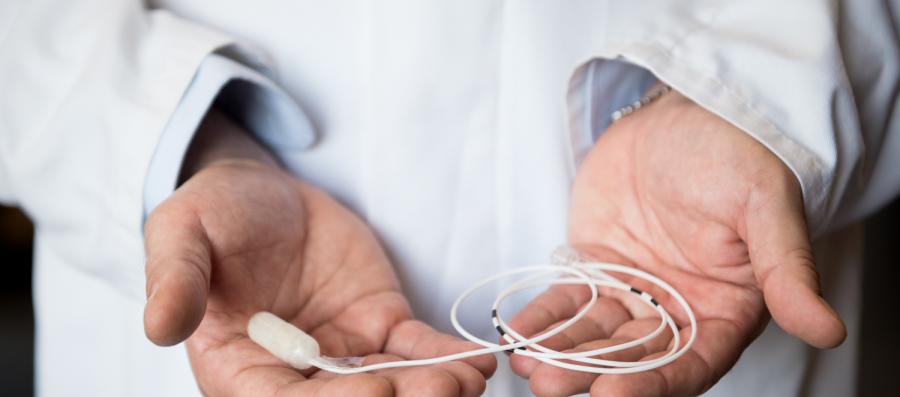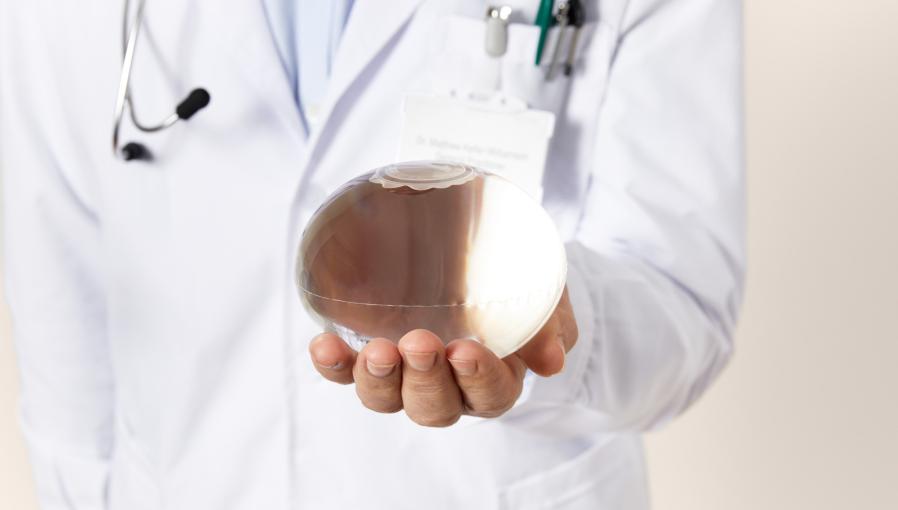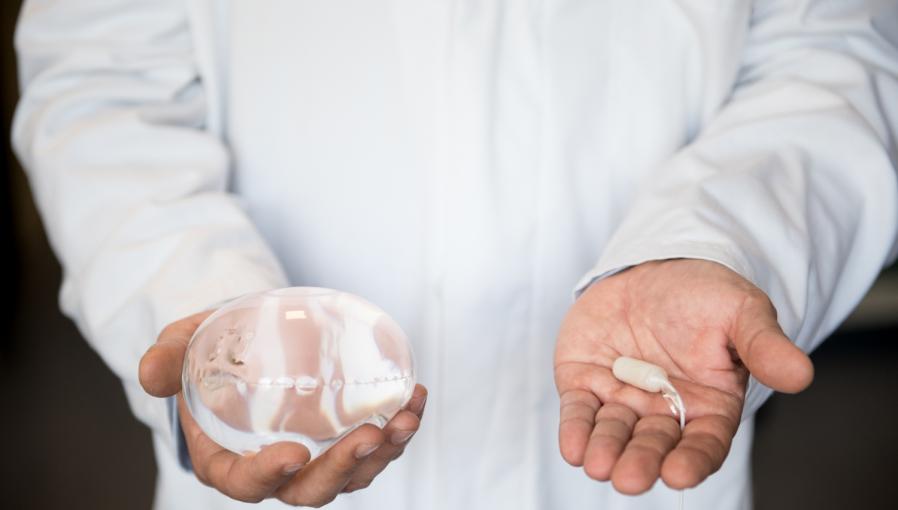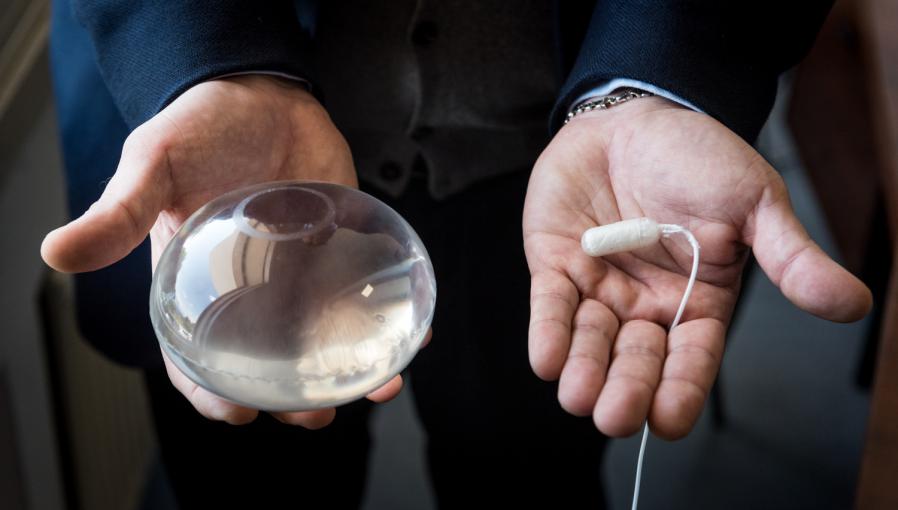The Efficacy and Safety of a Procedureless Gastric Balloon

Background
Intragastric balloons have been used to bridge the obesity treatment gap with the benefits of being minimally invasive but still required endoscopy. The Elipse intragastric balloon (EIGB) is a swallowable balloon that is spontaneously excreted through a natural orifice at approximately 16 weeks. Several concerns exist, including the treatment efficacy and risk of bowel obstruction. Our meta-analysis aimed to evaluate the efficacy and safety of EIGB.
Methods
A literature search was performed from several databases from database inception to November 2019. Eligible studies must report percent total weight loss (%TWL) after completion of treatment and adverse events. The pooled means and proportions of our data were analyzed using random effects model, generic inverse variance method.
Results
Six studies involving 2013 unique patients met our eligibility criteria and were included. The mean baseline BMI ranged from 30.6 to 36.2. The pooled early removal rate was 2.3% (95% CI, 1.1–3.5%; I2 31%). The pooled %TWL after completion of treatment (4–6 months) was 12.8% (95% CI, 11.6–13.9%; I2 83%) and at 12 months was 10.9% (95% CI, 5.0–16.9%, I2 98%). For serious adverse events, three patients had small bowel obstruction, and one patient had gastric perforation requiring surgery. Early expulsion by emesis and early deflation were seen in 3 and 9 patients, respectively.
Conclusions
This meta-analysis demonstrates that EIGB is a safe device offering an effective weight loss that warrants further studies for its long-term weight loss outcomes. Severe adverse events are rare, and the rate of early removal is low.



